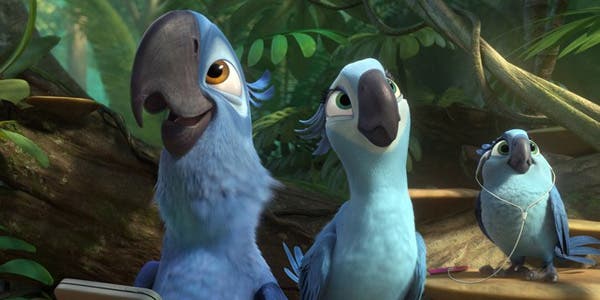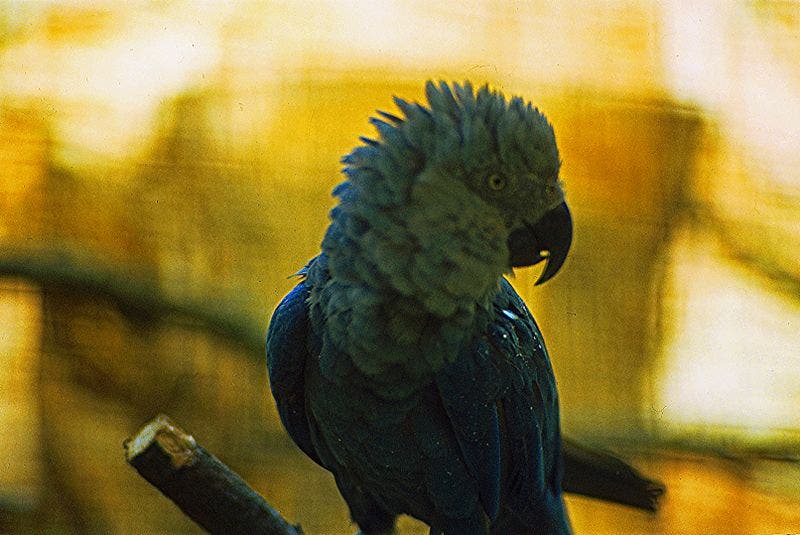
In the 2011 animation film Rio, a captive-raised Spix’s Macaw by the name of Blu arrives in Brazil to mate with the last-known wild member of his species, a female named Jewel. In real life, however, Rio would have arrived a decade too late.
According to a recent study, the last wild Spix’s Macaw disappeared in 2000 and the species is now presumed extinct apart from a handful of specimens born and raised in captivity. Along with it are seven other bird species that have suffered the same fate in the last decade.
The study, funded by the non-profit BirdLife International, statistically analyzed 51 critically endangered bird species and found that eight could likely be classified as extinct or very close to extinction. Specifically, three are already extinct, one is extinct in the wild — there are an estimated 70 Spix’s Macaws (Cyanopsitta spixii), left in the world, all captive — and four are extremely close to extinction, if not already gone.
The extinct bird species identified in the new study are the Brazilian cryptic tree hunter (Cichlocolaptes mazarbarnetti), last seen in 2007; the Brazilian alagoas foliage-gleaner (Philydor novaesi), last seen in 2011; and the Hawaiian black-faced honeycreeper (Melamprosops phaeosoma), last seen in 2004.
A total of 187 species of birds have gone extinct since scientists started keeping records. Historically, birds native to islands have been the most vulnerable due to invasive species, but deforestation ramped by expanding agriculture and logging is growing fast as the leading driver of avian extinction.
“Ninety percent of bird extinctions in recent centuries have been of species on islands,” said Dr. Stuart Butchart, BirdLife’s Chief Scientist and lead author on the paper. “However, our results confirm that there is a growing wave of extinctions sweeping across the continents, driven mainly by habitat loss and degradation from unsustainable agriculture and logging”.

Butchart and colleagues hope that their work will inspire more action to prevent other extinctions. Five of the eight extinctions reported in the journal Biological Conservation involve species in South America, four of which happened in Brazil. The Amazon, where most of these extinct species were once abundant, lost 17 million hectares of forest between 2001 and 2012. Unlike other animals, birds are more vulnerable to habitat loss because they often occupy ecological niches, consuming specific prey and nesting in specific trees.
“Our results confirm that there is a growing wave of extinctions sweeping across the continents, driven mainly by habitat loss and degradation from unsustainable agriculture and logging,” said Butchart.



